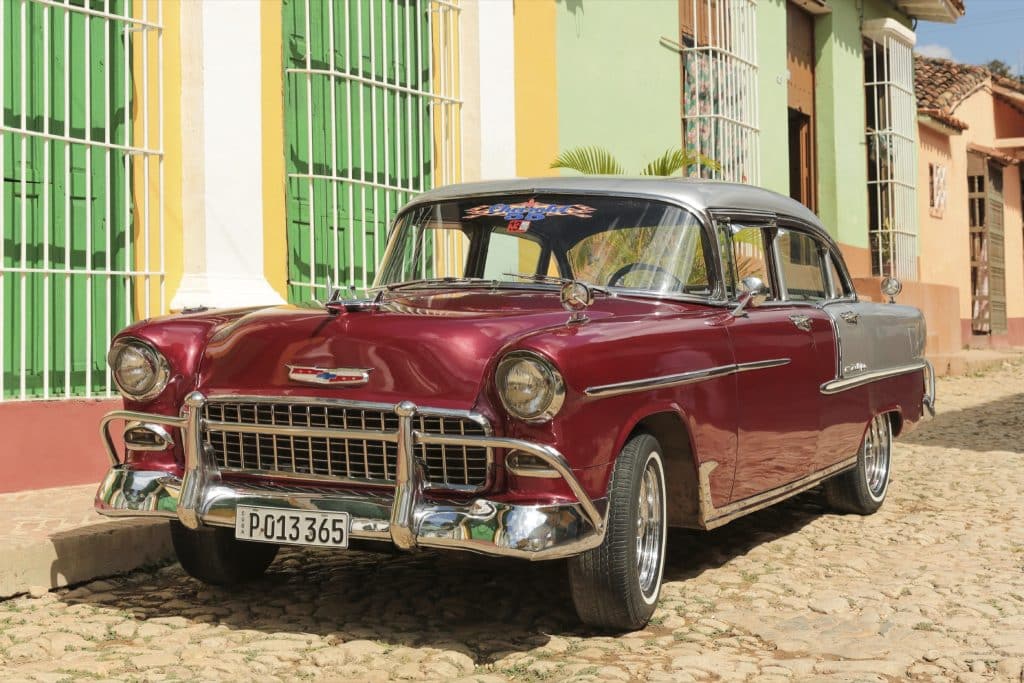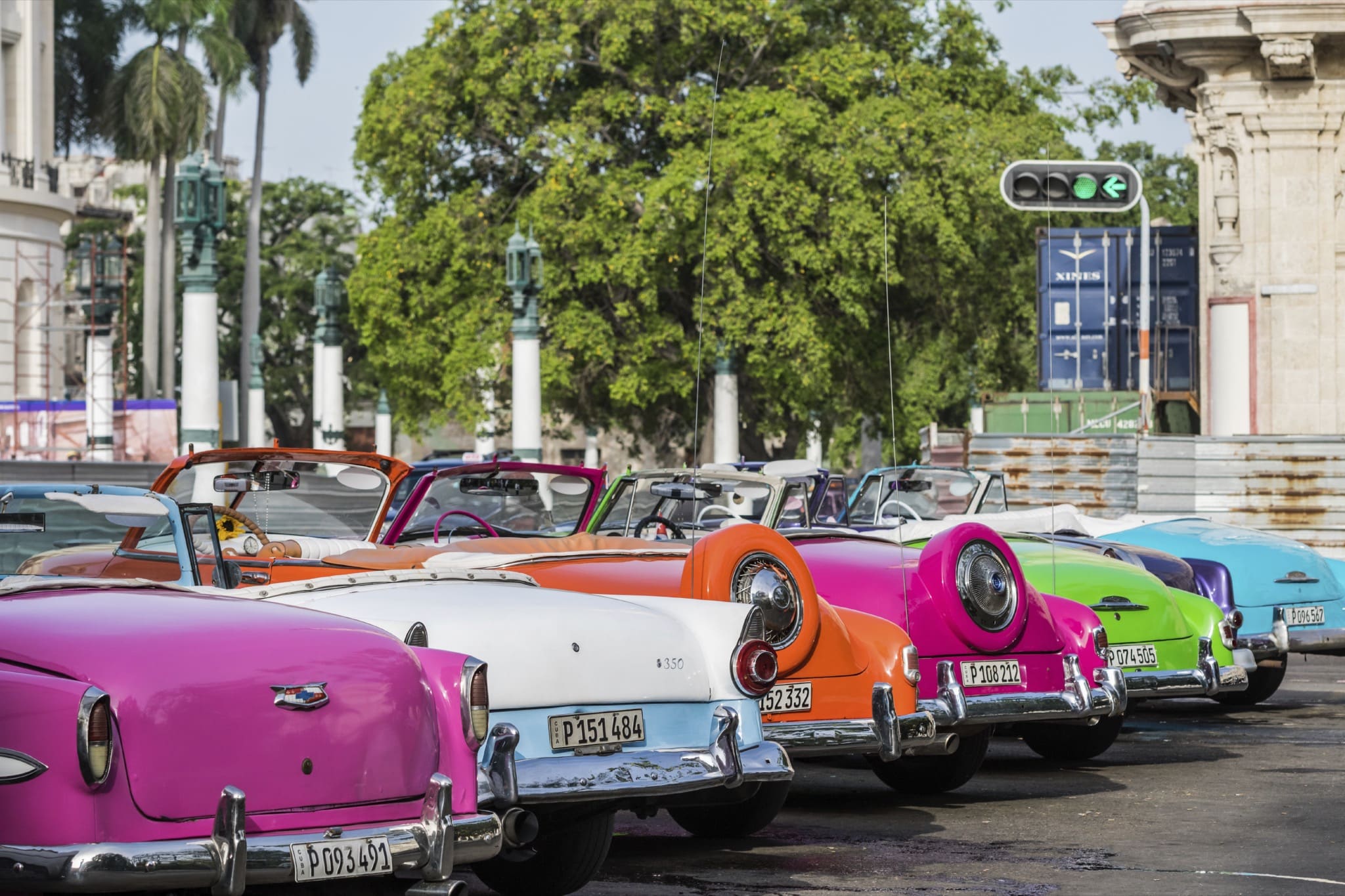Vintage American automobiles have become one of Cuba’s cultural icons, as much a part of the island’s image as premium cigars and likenesses of Fidel Castro and Che Guevara. Today, an estimated 60,000 pre-1960s American automobiles still drive the island’s roadways. The remarkable longevity of these machines is both a matter of necessity and a testament to the ingenuity of the people who keep them running.
Cuba’s love affair with American automobiles dates back more than 100 years. By the 1920s Ford Model T cars were ubiquitous on Cuba’s streets, making this island nation the largest Latin American importer of US cars. By the mid-1950s there were more than 150,000 Fords, Chevrolets, Cadillacs, and Chryslers cruising the streets of Havana and roaming the countryside, and US automakers often shipped their latest models to Cuba even before they arrived in domestic showrooms. Everything changed with Fidel Castro’s rise to power in the 1959 Cuban Revolution. The following year the United States placed an embargo on imports to Cuba, and the supply of new cars dried up overnight.
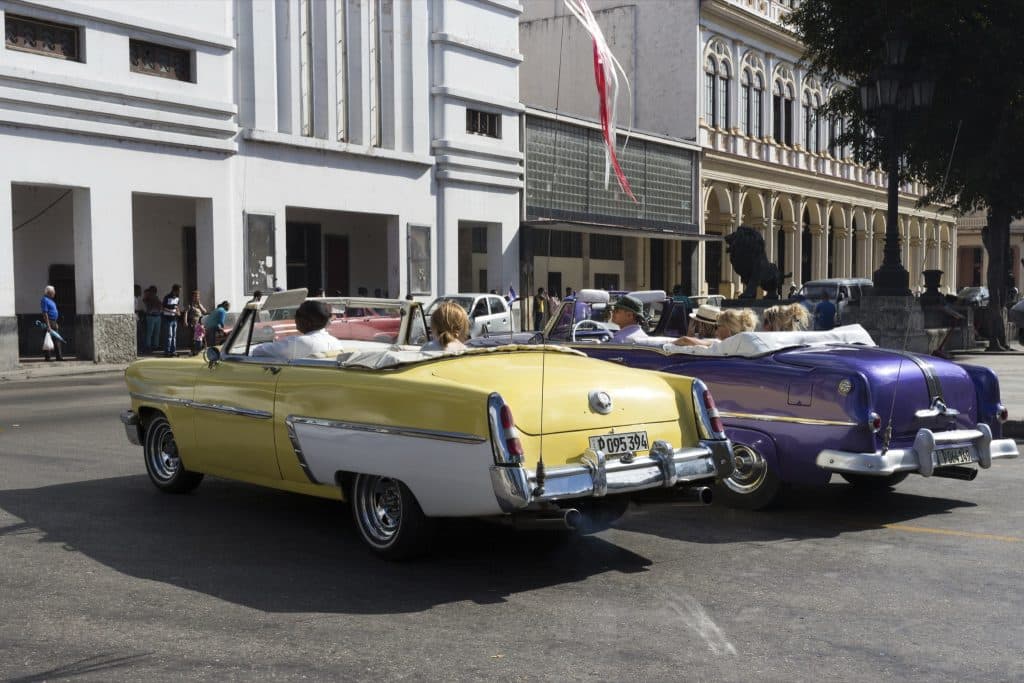
A ride in a classic car has become a must-do for international travelers visiting Cuba. Companies such as state-owned Gran Car and private services such as Old Car Tours, Vintage Car Tours, and Old Cars Havana capitalize on this market by offering driving tours of Havana, Trinidad, and the Varadero resort area in immaculately restored vehicles from the 1950s. One to four-hour Havana tours take in historic districts, famous landmarks, and former haunts of the writer Ernest Hemingway. For a more in-depth experience, companies offer all-day excursions into the countryside. A favorite destination for day trips is the colonial-era town of Viñales, which sits in the heart of Cuba’s famous tobacco region.
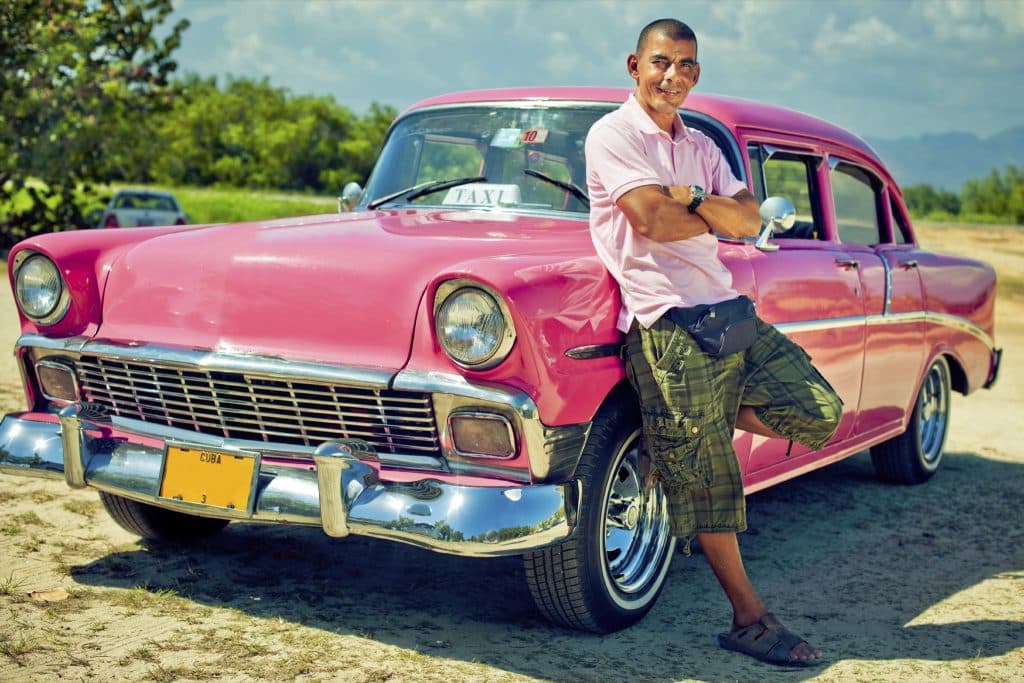
There are an estimated 60,000 pre-1960s automobiles still operating on Cuba’s roadways, an impressive 75 percent of all the cars left on the island in 1960. A rare few are maintained in showroom condition, while many more are heavily modified and kept running by mechanics who lavish attention and ingenuity on aging machinery. Owners sometimes have to improvise or fabricate their own spare parts and have been known to swap a worn-out original engine for a power plant from a tractor or Soviet-era sedan. Whatever their condition, Cuba’s old car fleet continues to serve as daily drivers in a nation where only a fortunate few have the privilege of owning a private means of transportation.
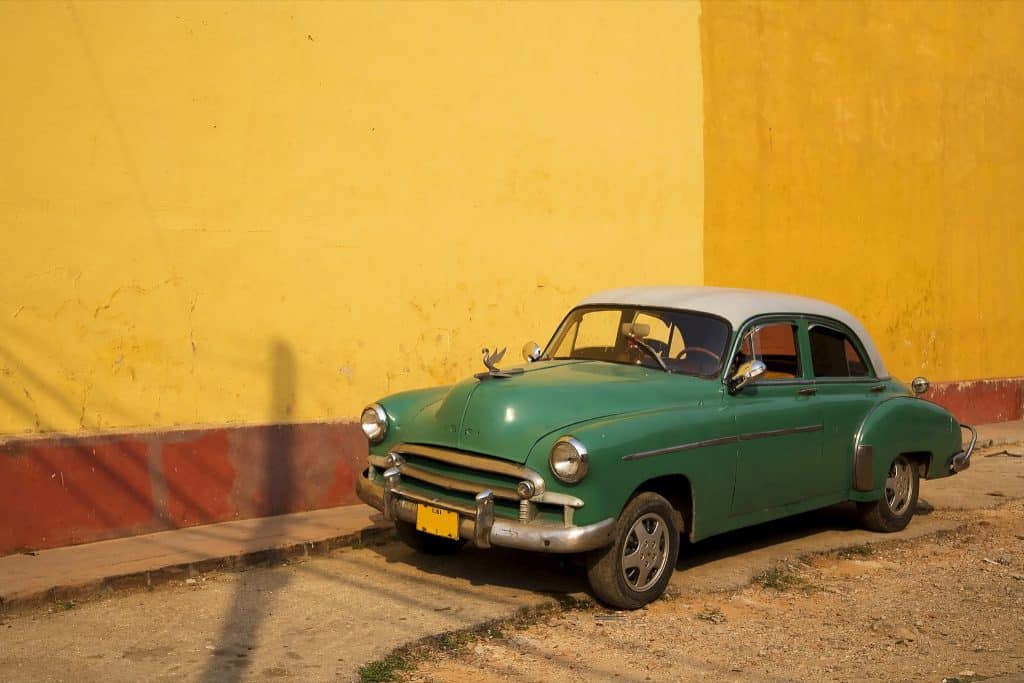
Cuba’s vintage car fleet is regarded as a national treasure by both citizens and the government. As a result, exporting one of these vehicles back to the United States is forbidden by law. Some collectors await the lifting of embargoes that would allow export of vehicles to the states. Most of this interest is coming from wealthy Cuban Americans. Unlike the average car collector, who searches for vehicles in near-pristine condition, or a model prepped for restoration, these collectors value the heavily modified and weather-worn cars known as fotingos, which means a clunker or jalopy. Fotingos are prized not for their perfection, but for the imperfections that earn them a unique place in history.

In 2016 changes in Cuban law lifted the ban on importing American cars and auto parts. The availability of replacement parts has breathed new life into some segments of the vintage car market and allowed for long-needed repairs. But despite the availability of new model vehicles, it is the old machinery that still dominates the roadways. Much of this has to do with economics. In Cuba’s socialist economy, the average wage is less than $200 a month. At the same time, high import duties result in $100,000 plus prices for even the most basic new car. As a result, the classic rides that Cuba is known for will likely remain on the roads for years to come.
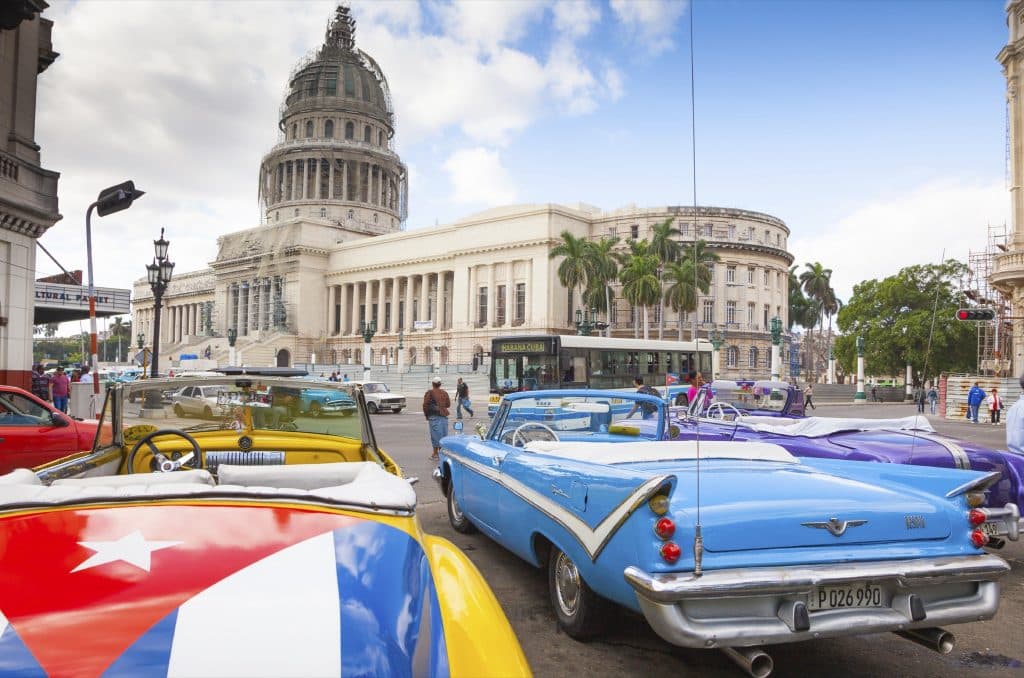
In 2009 the Cuban Government lifted a decades-long ban on private taxi services. This not only paved the way for the nostalgic car tours now offered to tourists, but it also provided new business opportunities for car owners across the country. The vintage vehicles pressed into local service tend to be in worse condition than the cars offered for tourists and usually transport locals. Traveling in one of these taxis offers travelers another interesting look into the classic car culture in Cuba, revealing the wear and tear over the years and the impressive ways they are kept running.
